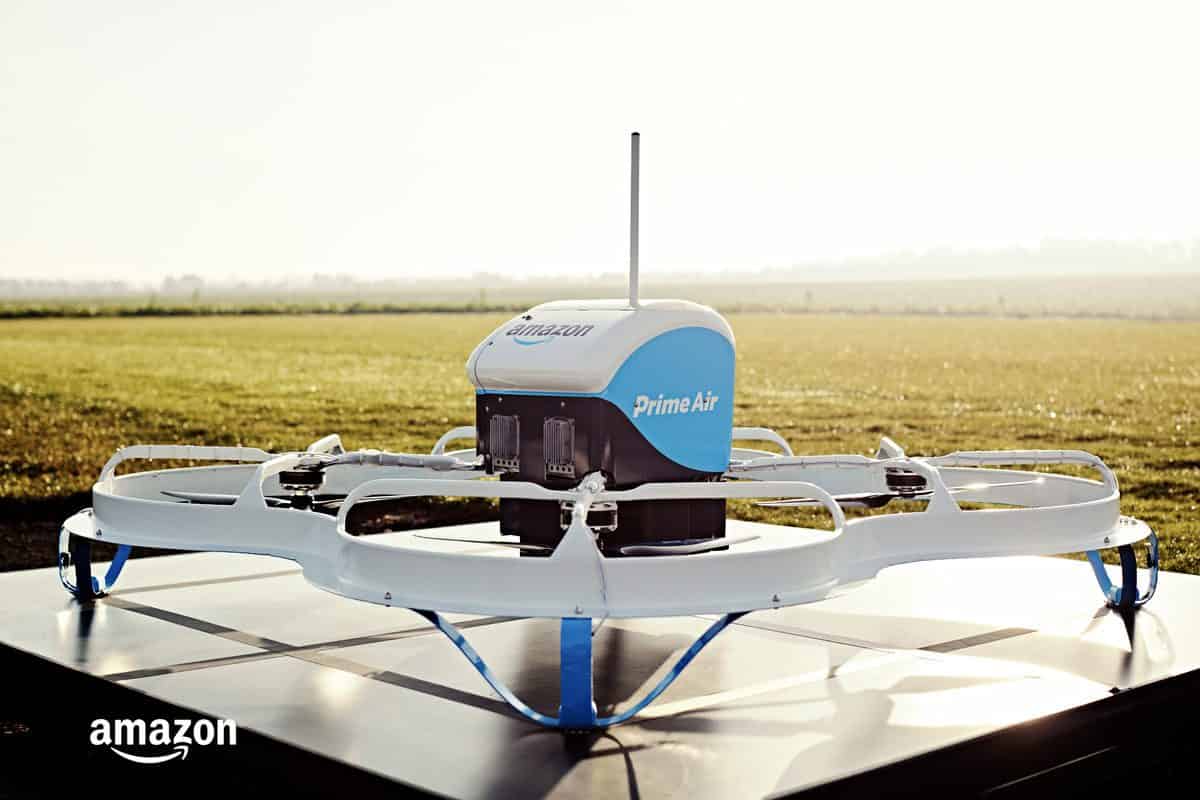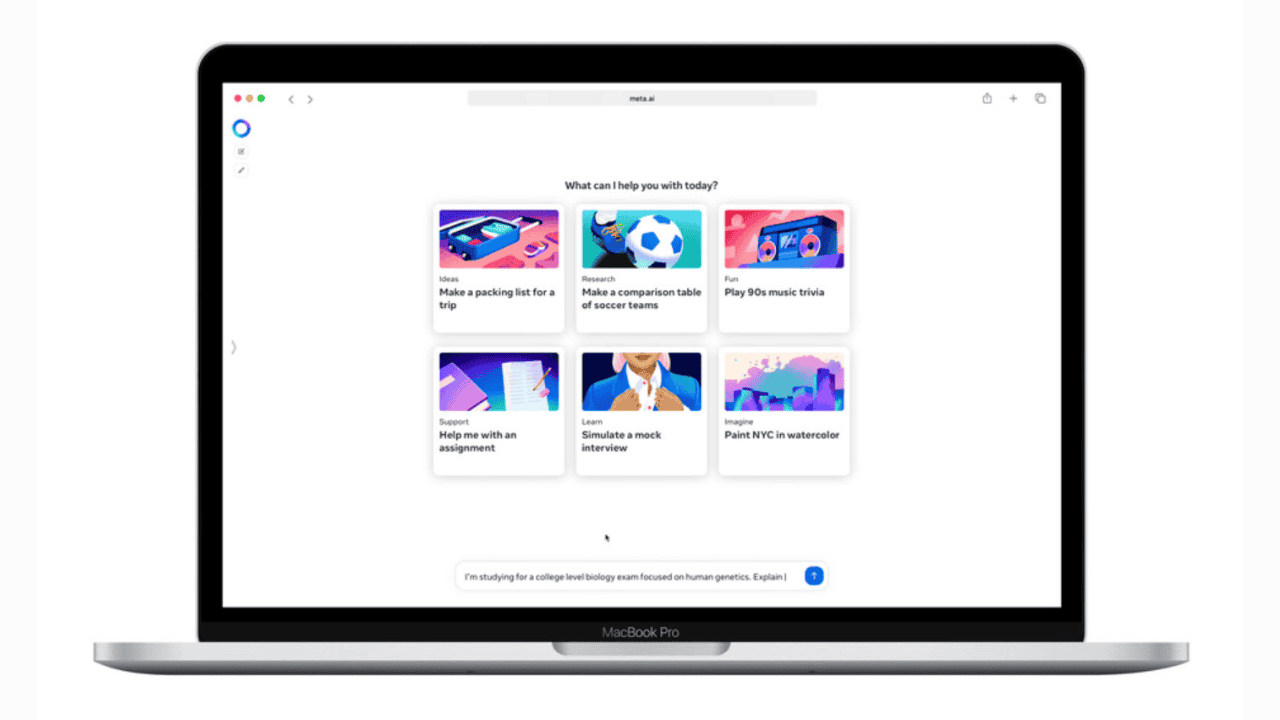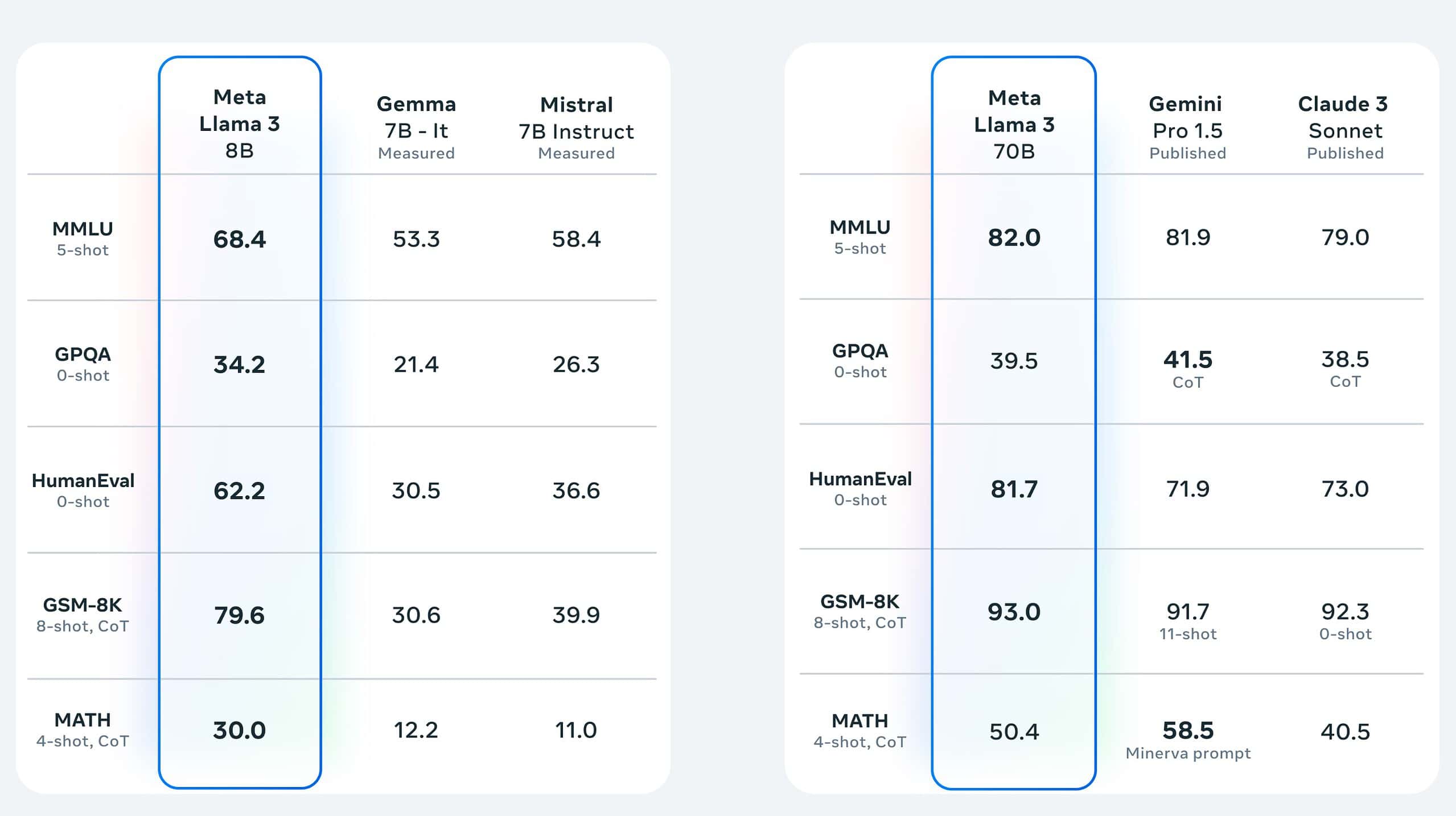What prevents the success of Amazon drone delivery?
3 min. read
Updated on
Read our disclosure page to find out how can you help MSPoweruser sustain the editorial team Read more


While the Alphabet’s Wing is gradually expanding its coverage (it started its service in some Dallas-Fort Worth Metroplex locations last week), Amazon is still struggling to make its drone service available to the market. In a report from Bloomberg, two reasons were highlighted as Amazon’s obstacles: high employee turnover rate and potential safety risks.
Bloomberg mentioned that there were five drone crash incidents just in a period of four months at Amazon’s testing site in Pendleton, Oregon. The crashes were caused by a drone losing its propeller, a motor shutting off, and safety features failing to execute their functions.
However, Amazon spokesperson Av Zammit said that the company’s flight test crashes were not classified as accidents by the National Transportation Safety Board (NTSB) since no structures were put at risk or individuals were injured.
“Safety is our top priority,” Zammit stated to The Verge. “We use a closed, private facility to test our systems up to their limits and beyond. With rigorous testing like this, we expect these types of events to occur, and we apply the learnings from each flight towards improving safety. No one has ever been injured or harmed as a result of these flights, and each test is done in compliance with all applicable regulations.”
Current and former employees of Amazon who were interviewed by Bloomberg gave facts opposing that oppose Zammit’s statement about safety, saying the fast rollout of the drone program is the top priority of the company. One of them is Cheddi Skeete, who used to work as a drone project manager at Amazon but was fired after voicing out some of his safety concerns to his manager. A reluctant Skeete said that he was told that inspections on 180 engines on 30 different drones were made. However, Skeete noted that the process was complex, making the assertion questionable.
Zammit, however, seemed to deny the claims. “We take safety reporting seriously — we have a safety reporting system that’s well-known by all our team members, and we encourage them to raise any safety suggestions and concerns,” Zammit said to The Verge. “In addition to using this system, we encourage employees to provide any other feedback they may have through their manager, HR, or our leadership team.”
Another Amazon employee and a former drone flight assistant in the company, David Johnson, told Bloomberg that apart from occasionally performing tests “without a full flight team” and with “inadequate equipment,” the company also designates various tasks and roles to a single employee. The claim was supported by two more former Amazon employees, Bloomberg reports.
The claim was also denied by Zammit. “Crew members are assigned to only one role per flight. Before each flight test, crew members are briefed on their individual role,” Zammit told The Verge. “We do not set time limits for completion of any aspect of our flight tests, and our team can take their time to complete their roles safely.”








